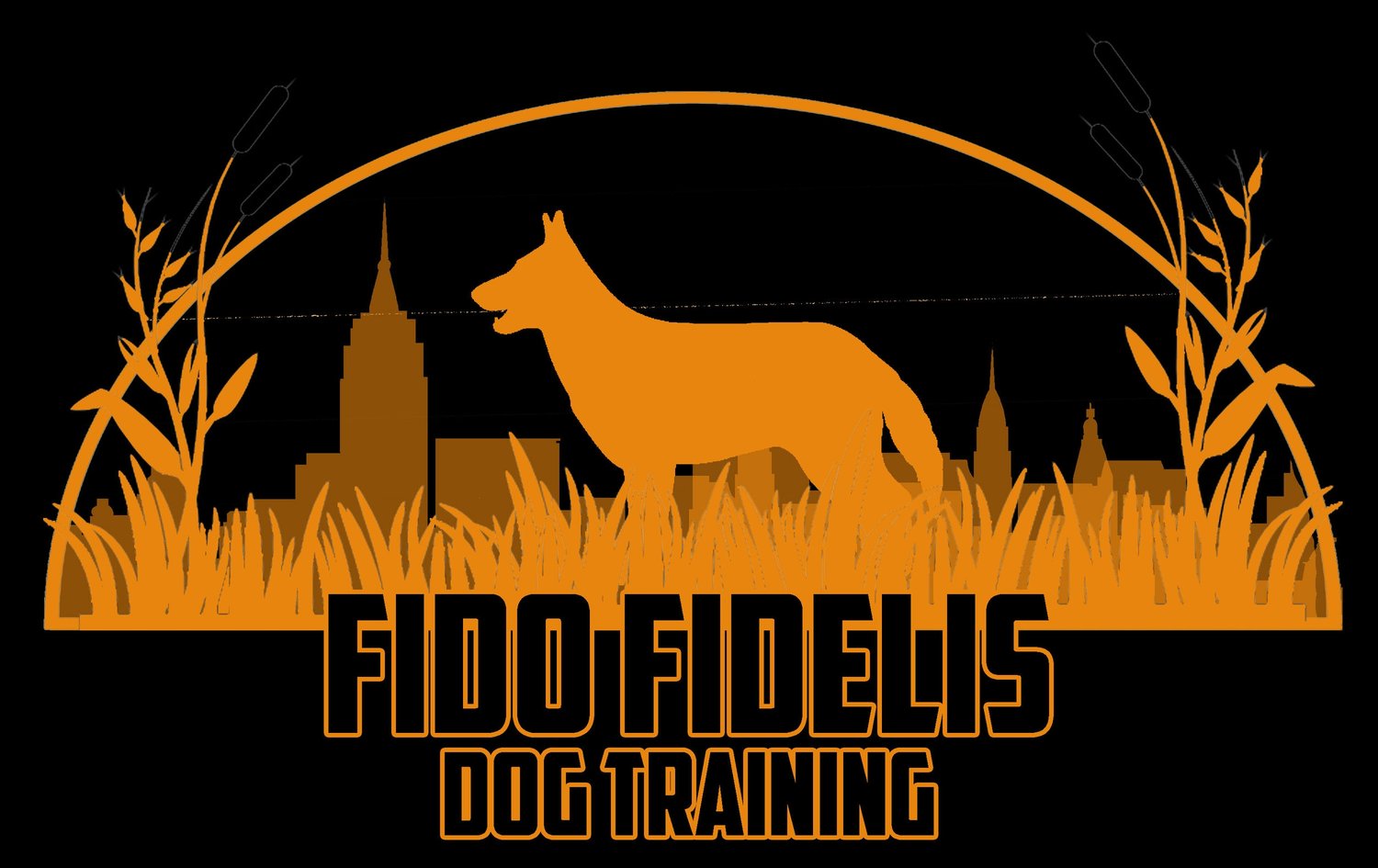Balanced training has been a topic of debate in the dog training world for quite some time. It is often compared to force-free training, which relies solely on positive reinforcement techniques to teach dogs. However, there are several reasons why balanced training is preferred over force-free training by many trainers.
Firstly, balanced training employs a combination of positive reinforcement and negative reinforcement techniques. Positive reinforcement involves rewarding a dog for good behavior, while negative reinforcement involves removing an aversive stimulus when the dog performs a desired behavior. This combination of techniques allows for more effective and efficient training, as it provides a clearer understanding of what is expected of the dog and provides appropriate consequences for both good and bad behavior.
In contrast, force-free training relies solely on positive reinforcement techniques, which can limit its effectiveness in certain situations. For example, if a dog exhibits a dangerous behavior such as aggression, simply rewarding them for good behavior may not be enough to address the underlying issue. This is where negative reinforcement techniques, such as removing a reward or administering a correction, can be beneficial in modifying the dog's behavior.
Furthermore, balanced training allows for a more personalized approach to training. Each dog is unique and may respond differently to certain techniques. A balanced trainer can assess the individual dog's temperament and adjust their training methods accordingly. This personalized approach can lead to better results and a stronger bond between the dog and their owner.
It is important to note that balanced training does not involve the use of physical punishment or abusive techniques. Instead, balanced trainers use tools such as prong collars and e-collars in a humane and controlled manner to administer corrections when necessary. Additionally, balanced trainers prioritize the use of positive reinforcement techniques and aim to minimize the use of negative reinforcement.
In summary, balanced training offers a more effective and personalized approach to dog training than force-free training alone. By employing a combination of positive and negative reinforcement techniques, trainers can address a wider range of behavioral issues and provide appropriate consequences for both good and bad behavior. It is important to seek out a qualified and experienced balanced trainer who prioritizes the well-being of both the dog and their owner.
